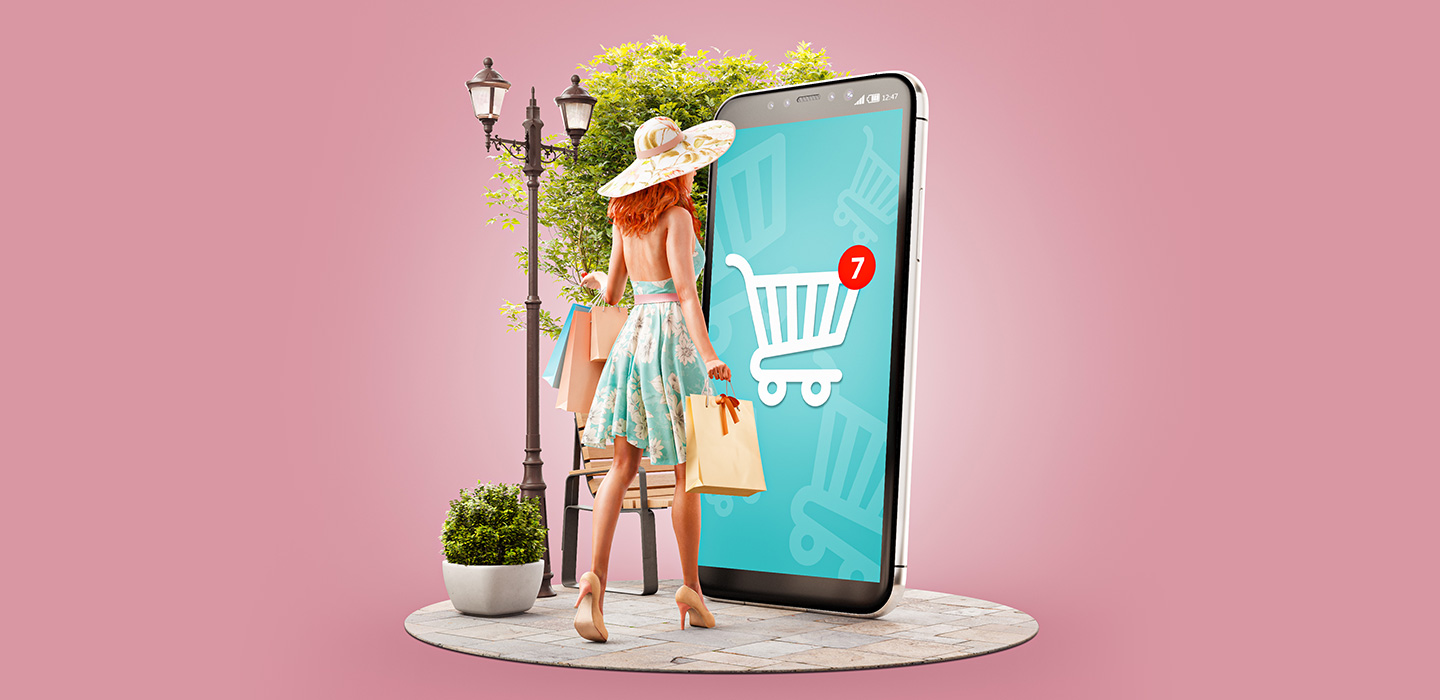The clock is ticking. Luxury brands, many of which have decades and centuries of heritage, are running to catch the digitalisation wagon. By the stroke of midnight, if they do not succeed, their beautiful façade will disappear. The magic is gone and down they lay, forgotten by the digital natives.
It may be a stretch to compare luxury brands, who have not made their digital transformation, to a running Cinderella. But both have a reason to run. Cinderella was at a party and forgot that she needed to leave before midnight. Meanwhile, luxury brands stalled because they did not believe technology gels well with personal touch and craftsmanship. For example, Chanel still refuses to sell luxury fashion online, with its Fashion President Bruno Pavlovsky previously saying that Chanel focuses more on in-store interaction with customers.
While other sectors use technology to drive productivity, luxury brands do not want to be seen as cutting costs. That just does not gel well with their image. Many luxury brands are on social media, but beyond that, little is done to enable digital interactions with customers.
Luxury brands should run to digitalise. Some may say they are worried that that their mature customers would not be able to keep up with the technology. They forget that these customers are already well-versed in smartphones and internet banking. They also forget that millennials will make up the bulk of their customers in not too distant future. If luxury brands do not start to speak the digital language now, the ties with millennials will be lost in translation.
Adding value
To a certain extent, technology is like those glass slippers. They add value and enable one to run faster.
In a paper published in the Journal of Business Research, my co-authors, from the Kedge Business School in France and the University of Cologne in Germany, and I proposed 10 ways for the luxury sector to digitalise itself. These insights were gleaned from over 10 interviews with managers in luxury firms, as well as tapping on existing literature.
One suggestion was for frontline employees to use digital tools such as tablets to check customer preferences easily. Imagine a customer who only buys shoes from a particular designer, or someone who often buys red jackets. The empowered employee would be able to make tailored recommendations quickly and easily, once the customer walks into the store.
Technology can also be used in store design to create a feeling of escapism, a key aspect of luxury experience. Perhaps, through an app, the customer can modify the lighting, music or even the scent of the private lounge. Virtual reality headsets, already used by some brands, can also let the customer see how they look in different locations. Similarly, smart mirrors can give recommendations on how to mix and match clothing with accessories. That is certainly better than the mirror of Snow White’s stepmother, the Evil Queen, which only answered questions on who is pretty.
The use of technology should also not discount the interaction with people. In Singapore’s Raffles Hotel, guests can use tablets to order food or spa sessions. But if they wish, they can also do so through their butlers, who by the way also respond to WhatsApp and WeChat. Technology offers convenience, but human interaction is still very much treasured. Luxury brands should use technology to add value, but not to replace humans where customers still want the human touch.
Another proposition is that brands can engage customers on exclusive digital platforms. This can include joining a certain by invite-only group for the elite customers of a brand. Also, some consumers like to share their love for luxury with others. Hence, a digital tribe can increase customers’ psychological ownership of the brand.
With increased development in artificial intelligence and robotics, there is certainly more that luxury brands can do in digitalisation in future. Some have started on the journey, but they still have a long way to go. In the fable context, it means that the glass slippers that help Cinderella may evolve to be skating shoes or even flying shoes in future.
Digitalisation is not magic, but it can certainly transform the luxury sector to be more poised for the future.




